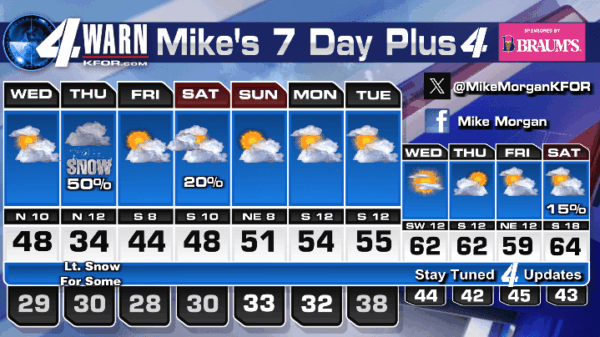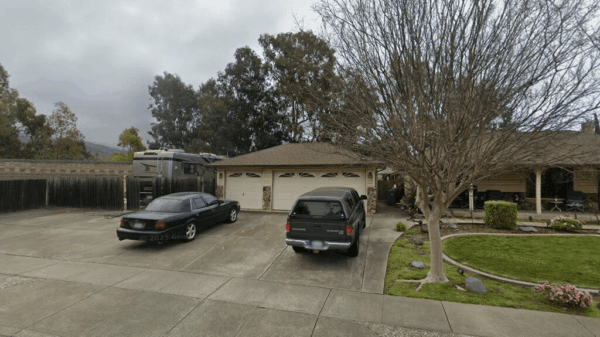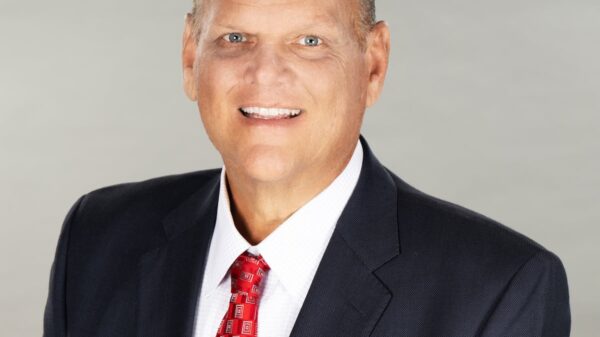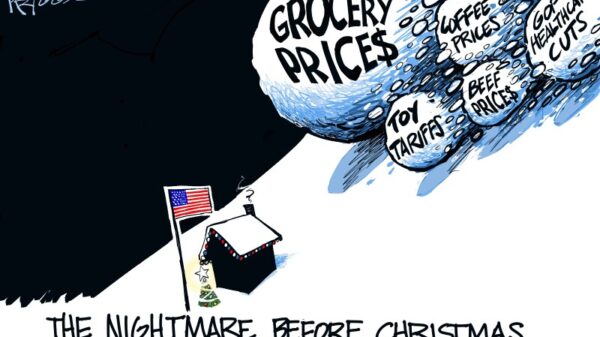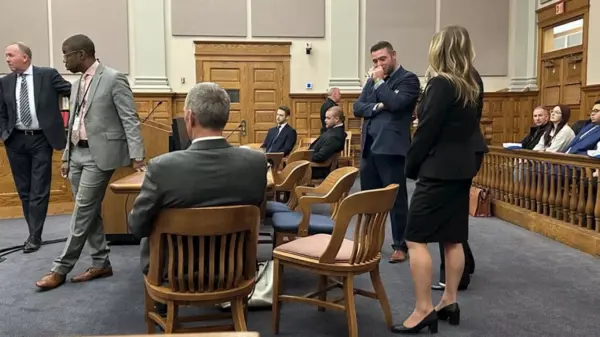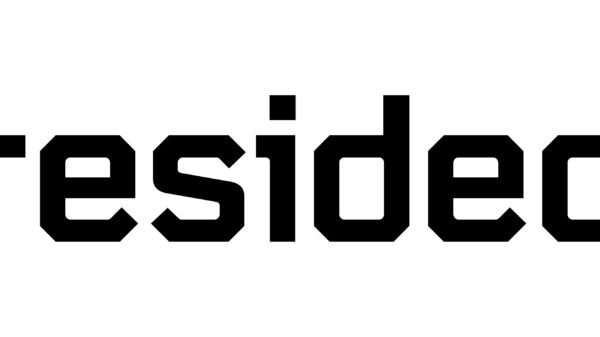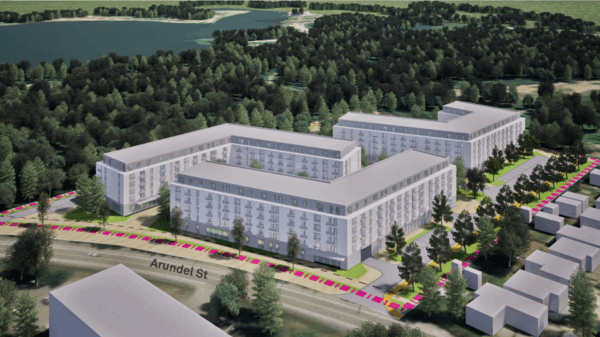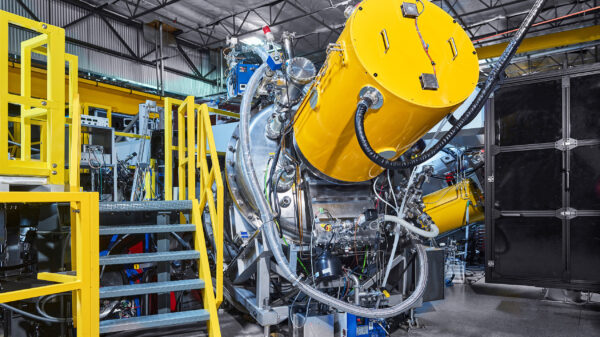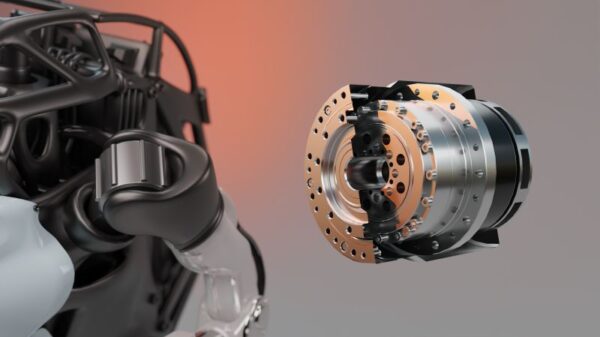The middle class in the United States is experiencing significant challenges, marked by a stark income disparity that has reached alarming levels. According to a recent commentary by Lynne Agress, an educator at Johns Hopkins University, the economic landscape has shifted dramatically since the mid-20th century, leaving many families struggling to maintain the lifestyle once considered standard.
In the 1950s, communities like Levittown epitomized the American dream for the emerging middle class. Families enjoyed modern conveniences, home ownership, and the ability to send their children to college. This upward mobility has faltered over the decades, with many parents now concerned that their children will not achieve the same or better economic status. Agress highlights that a significant number of college graduates are returning home due to limited job prospects, a stark contrast to earlier generations.
Statistics from the Congressional Budget Office illustrate this growing disparity. From the Reagan administration through the presidency of George W. Bush, the average after-tax income for the top 1% of households surged by an astounding 281%, equating to an increase of approximately $973,000 per household. In stark contrast, the middle fifth of households saw only a 25% increase in income, amounting to $11,200. Furthermore, the lowest fifth experienced a mere 16% rise, translating to $2,400 over the same period. These figures reveal the most significant income inequality the nation has faced since the Great Depression of the 1930s.
The situation worsened by 2024, when it was reported that half of all American households earned less than $80,000 annually. In comparison, the top 1% had an average income of $631,500, while the bottom 10% earned only $18,855. Agress points out a forgotten moment in history: the three trillion dollar budget surplus left by Bill Clinton in 2001, which was soon depleted by tax cuts favoring the wealthiest.
Health care costs compound the struggles of the middle class. Despite efforts dating back to the early 1970s to overhaul the American health system, Agress notes that the United States remains the only major democratic country without universal health care. The passage of the Affordable Care Act under Barack Obama provided some relief, extending coverage to millions and prohibiting discrimination against those with pre-existing conditions. Yet, opposition to the law has persisted, with some politicians seeking its repeal.
The challenges extend to the rising costs of health care services. Agress highlights the emergence of “concierge medicine,” where patients pay a substantial annual fee for enhanced care. Such services are often beyond the financial reach of struggling middle-class families, who grapple with basic medical insurance and rising drug costs.
The contrast between the soaring incomes of corporate executives and the experiences of everyday Americans has fueled frustration. Agress cites examples of CEOs leaving their positions with severance packages exceeding $200 million, alongside the extravagant earnings of professional athletes and entertainers. This disparity becomes particularly glaring against the backdrop of homelessness and underfunded public services.
Reflecting on these issues, Louis Brandeis, a former Supreme Court Justice, famously stated, “We can have democracy in this country or we can have great wealth concentrated in the hands of a few, but we can’t have both.” Agress emphasizes that while political leaders, including Obama, have championed a thriving middle class, achieving this vision requires more than mere rhetoric. As noted by former New York Times editorial writer Frank Rich, restoring the middle class will demand comprehensive and actionable solutions—far beyond superficial fixes.
As the landscape continues to evolve, the call for a revitalized middle class resonates across the nation. The path forward will require addressing the root causes of economic disparity and creating opportunities that empower future generations.



